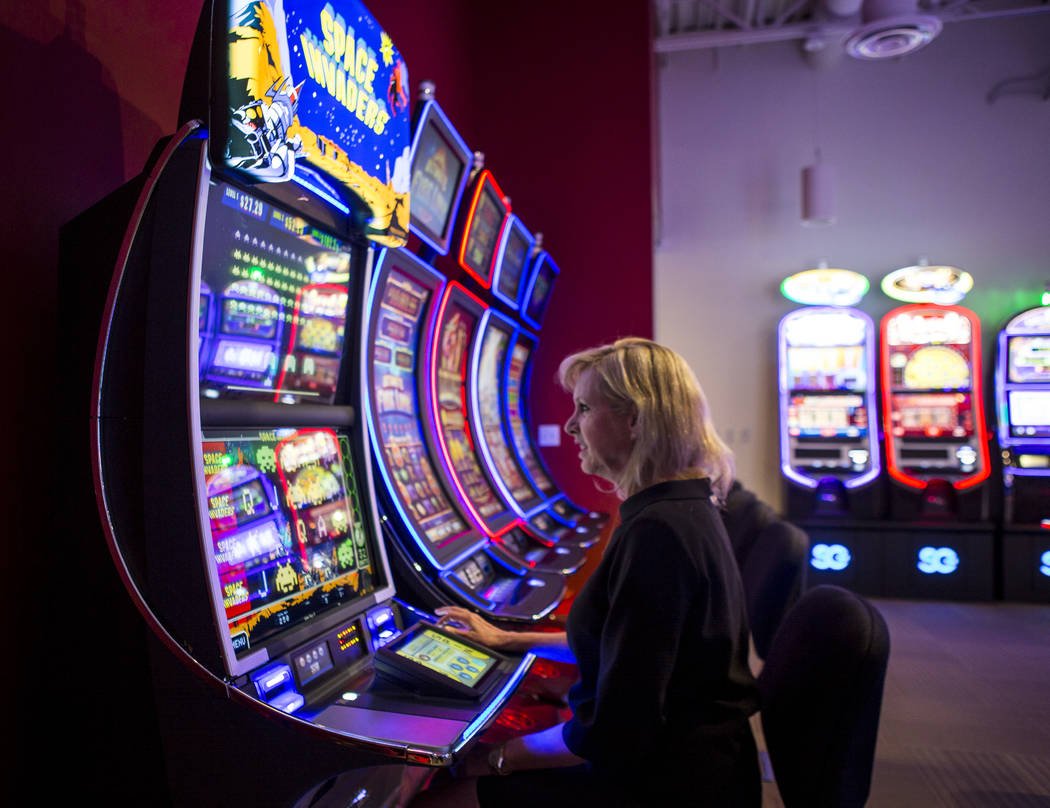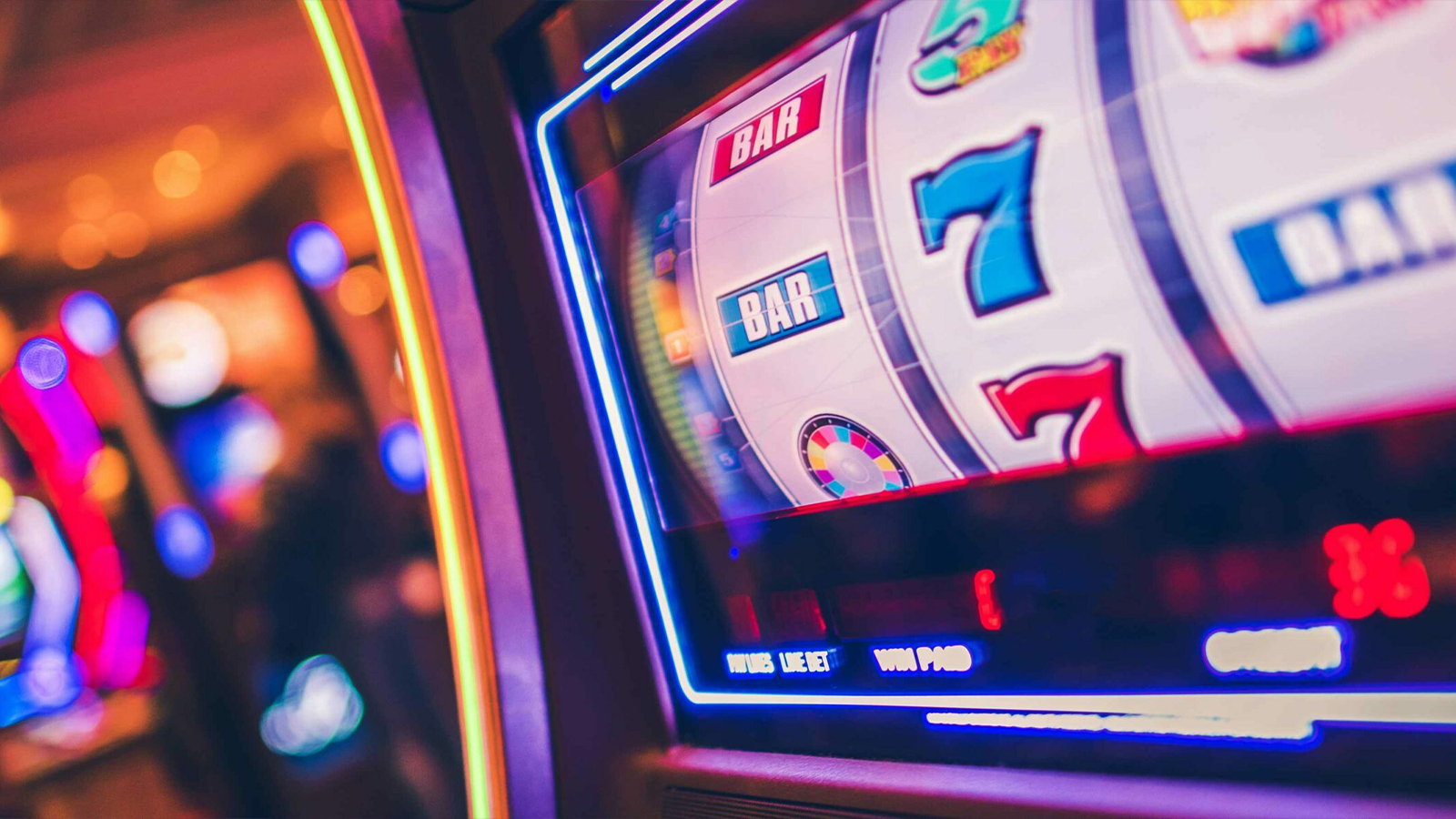The evolution of slot game design has undergone a remarkable transformation over the years, transitioning from traditional mechanical reels to the cutting-edge realm of virtual reality. The journey began in the late 19th century with the introduction of the first mechanical slot machine, the Liberty Bell, designed by Charles Fey in 1895. This simple yet captivating device featured three spinning reels adorned with symbols like bells, hearts, and spades. Players would insert a coin, pull a lever, and watch as the reels spun, hoping for a combination that would yield a payout. The mechanics were straightforward, but the thrill of chance and anticipation quickly captivated players, laying the groundwork for what would become a global phenomenon. As technology advanced, so did slot game design. The 1960s and 1970s saw the advent of electromechanical machines, which introduced more complex gameplay and increased payout possibilities. These machines incorporated lights, sounds, and the iconic jackpot feature, enhancing the overall gaming experience. The 1980s ushered in the era of video slots, which replaced physical reels with digital screens.

This innovation allowed developers to explore creative themes and storylines, giving rise to a plethora of diverse game options. Players could now enjoy games inspired by movies, TV shows, and mythology, enhancing their engagement and making the gaming experience more immersive. The 1990s marked a significant turning point with the rise of online casinos, which democratized access to slot games. Players could now spin the reels from the comfort of their homes, and game developers quickly adapted to this new digital landscape. Online slots introduced new mechanics like bonus rounds and progressive jackpots, creating a sense of excitement and increasing the potential for big wins. With the advancement of technology, graphics improved significantly, leading to vibrant animations and immersive soundscapes that further drew players into the gaming experience. The advent of mobile technology in the 2000s revolutionized slot game design once again. As smartphones became ubiquitous, game developers optimized their titles for mobile play, enabling players to enjoy their favorite games on the go.
Touchscreen interfaces provided a more intuitive gaming experience, while social gaming elements fostered community engagement. This era also saw the rise of gamification, where developers incorporated elements like leaderboards, achievements, and rewards systems to enhance player interaction and retention. Today, the latest frontier in situs slot online game design is virtual reality VR. VR technology has opened up entirely new dimensions for gameplay, allowing players to immerse themselves in virtual worlds where they can interact with the environment and other players. This technology has introduced innovative gameplay mechanics, such as 3D slots that feel like full-fledged adventures, complete with engaging narratives and interactive features. As VR continues to evolve, the potential for even more immersive and captivating slot game experiences is limitless, promising an exciting future for players and developers alike. The evolution from mechanical reels to virtual reality has not only transformed the aesthetics of slot games but has also redefined the very nature of gaming, making it a more dynamic and engaging experience for players around the world.



